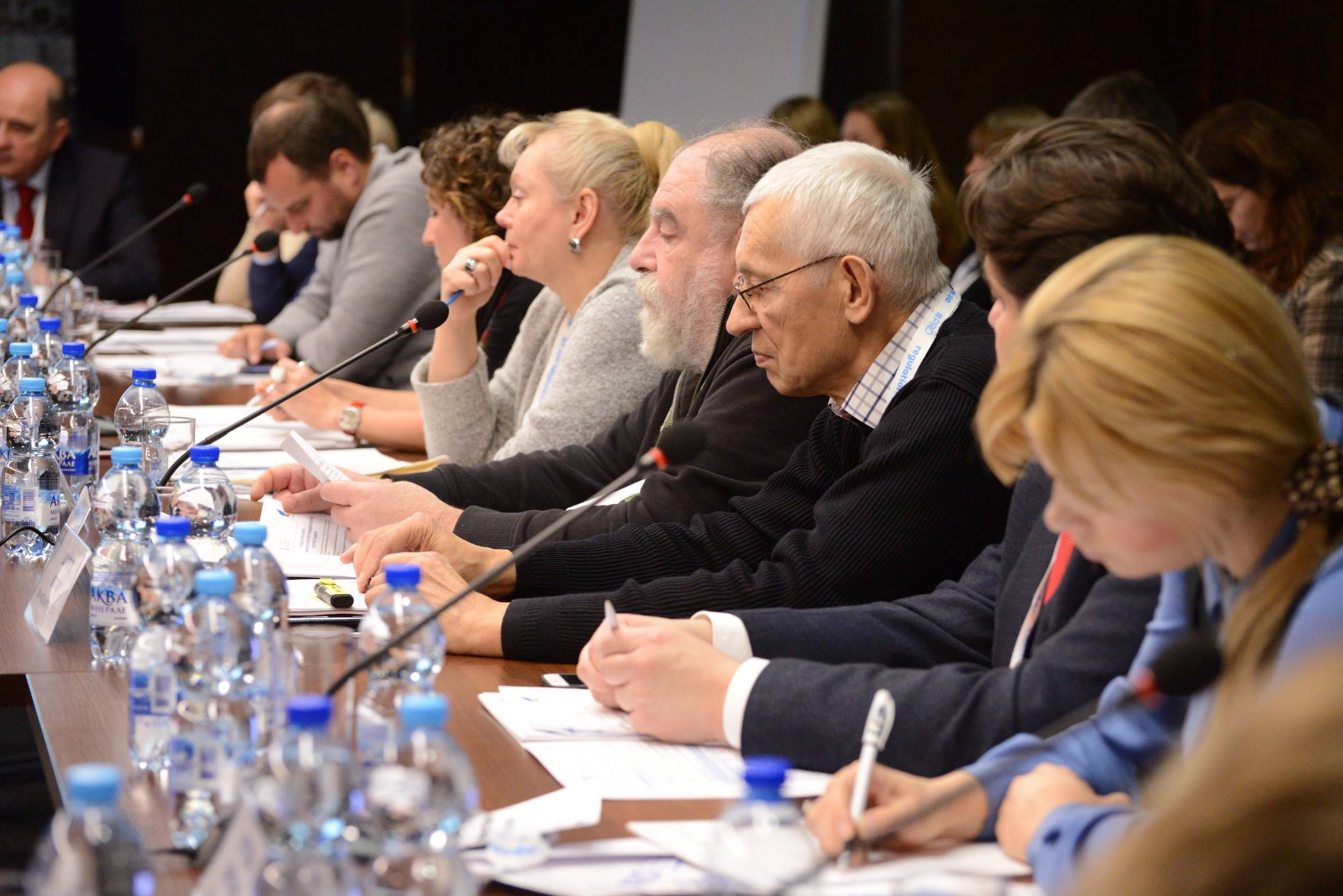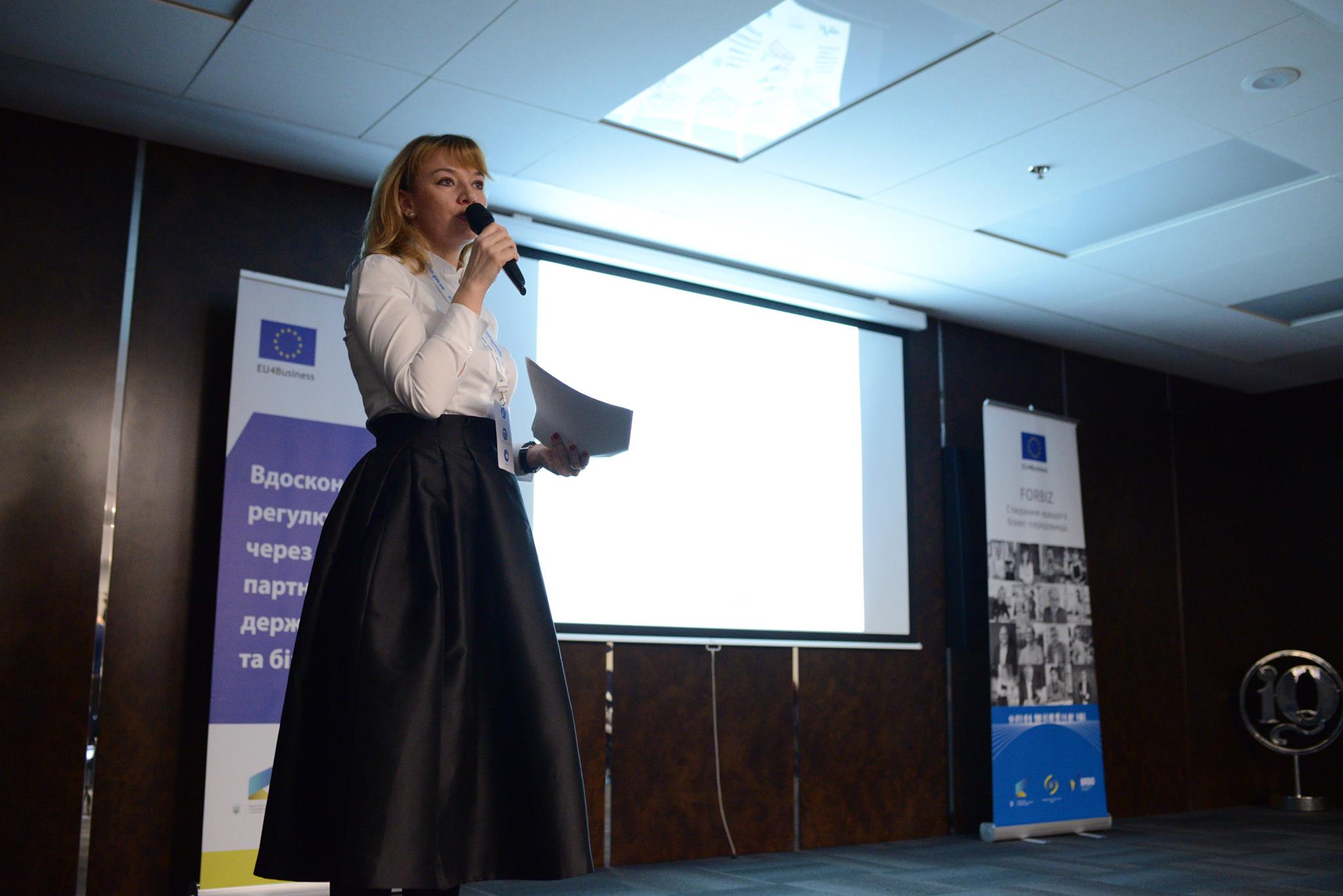There are 130 thousand of cultural heritage sites in Ukraine. Provided their preservation and effective development of the surrounding infrastructure, the country can significantly increase its cultural and tourism potential. However, the current regulation does not provide protection for cultural heritage and provokes numerous corruption abuses.
As of October 1, 2017, there are 906 cultural heritage objects of national importance and 8,065 local objects in the State Register of Immovable Monuments of Ukraine. To protect them, they are included in the List of Historical Populated Sites, and their number is currently amounted to 401 settlements in Ukraine. According to the Law of Ukraine “On Regulation of Urban Development”, it is necessary to define regimes of sites development regulation and develop historical and architectural key plans for settlements, which are historic sites, within defined areas in the framework of general plans. However, as of September 2017, such plans are approved only in 86 settlements, that is, in 20% of places of historical interest in Ukraine. So, land development rules are not actually regulated in 80% of settlements. Moreover, 50% of regional centers, particularly, Kyiv and Lviv, where UNESCO World Heritage sites are located, do not have key plans.
Government, business and public representatives tried to find ways of solving the market regulation problems during the round table “New construction in the territories of cultural heritage sites” organized by the Better Regulation Delivery Office (BRDO) with the support of EU4Business\FORBIZ as part of the Public Dialogue #PRODialogue on November 20.

The state is using 8 instruments when regulating new construction in the territories of cultural heritage sites. An expert analysis of these instruments and related procedures has revealed that the current regulatory framework does not provide adequate protection of the cultural heritage and creates a significant burden on business. According to the BRDO study, 10 of 18 acts regulating the market should be updated. The functions of cultural heritage protection bodies are duplicated, there is no open information on the boundaries of cultural heritage sites, but there is a legislative conflict regarding the necessity of using instruments and the uncertainty of procedures.
“An owner of construction projects in the territory of cultural sites has to appeal to the same cultural heritage protection bodies from 4 to 10 times, which does not guarantee their preservation. Some instruments create artificial barriers to use territories, while the laws do not provide for such an instrument as approving the historical and city planning verification at all. Its development is established only by methodical recommendations of the Ministry of Culture, but the use of this instrument allows to go beyond the standards of key plans and carries significant risks for the cultural heritage preservation,” the Construction Sector Head at BRDO Olena Shulyak said.

The Deputy Minister of Culture of Ukraine Tamara Mazur agrees with the doubtful practicability of this instrument. “We support the abolition of historical and city planning verification, the relevant resolution is currently being approved by the Cabinet of Ministers of Ukraine. From January 1, it should be abolished in those settlements, which already have key plans, and finally – in a year. We share the vision of BRDO and hope that we can implement the measures
described in the study to ensure the transparent operation of the system and the preservation of cultural heritage,” she said.
Despite the large number of permitting and approval procedures, there is no effective system and procedure for assessing the impact of construction facilities on cultural heritage, in particular, at the global level, in Ukraine. The UNESCO World Heritage Committee is constantly emphasizing this problem. There are 7 UNESCO World Heritage sites in Ukraine, and high-rise construction in the buffer zone may have a negative impact on their view presentation and even may lead to their depreciation.

According to BRDO, the following urgent measures should be carried out:
– accelerating the development and adoption of amendments to the Law of Ukraine “On Protection of Cultural Heritage” to eliminate contradictions between provisions of the laws on cultural heritage and urban development activity.
– publishing a full database of immovable objects of cultural heritage.
– accelerating the development of key plans for all settlements of the country, in particular, in Kyiv.
– harmonizing the national legislation in accordance with the international law on cultural heritage protection, in particular the Convention concerning the Protection of the World Cultural and Natural Heritage.

The event was also attended by Olha Plamenytska, Director of Ukrainian State Institute of Cultural Heritage, Olha Balytska, Deputy of the Kyiv City Council, representatives of the Ministry of Regional Policy, Construction, Housing and Utilities, the State Architectural and Construction Inspection, the National Commission of Ukraine for UNESCO and the municipal organization “Kyivhenplan” as well as business, expert circles and the public.